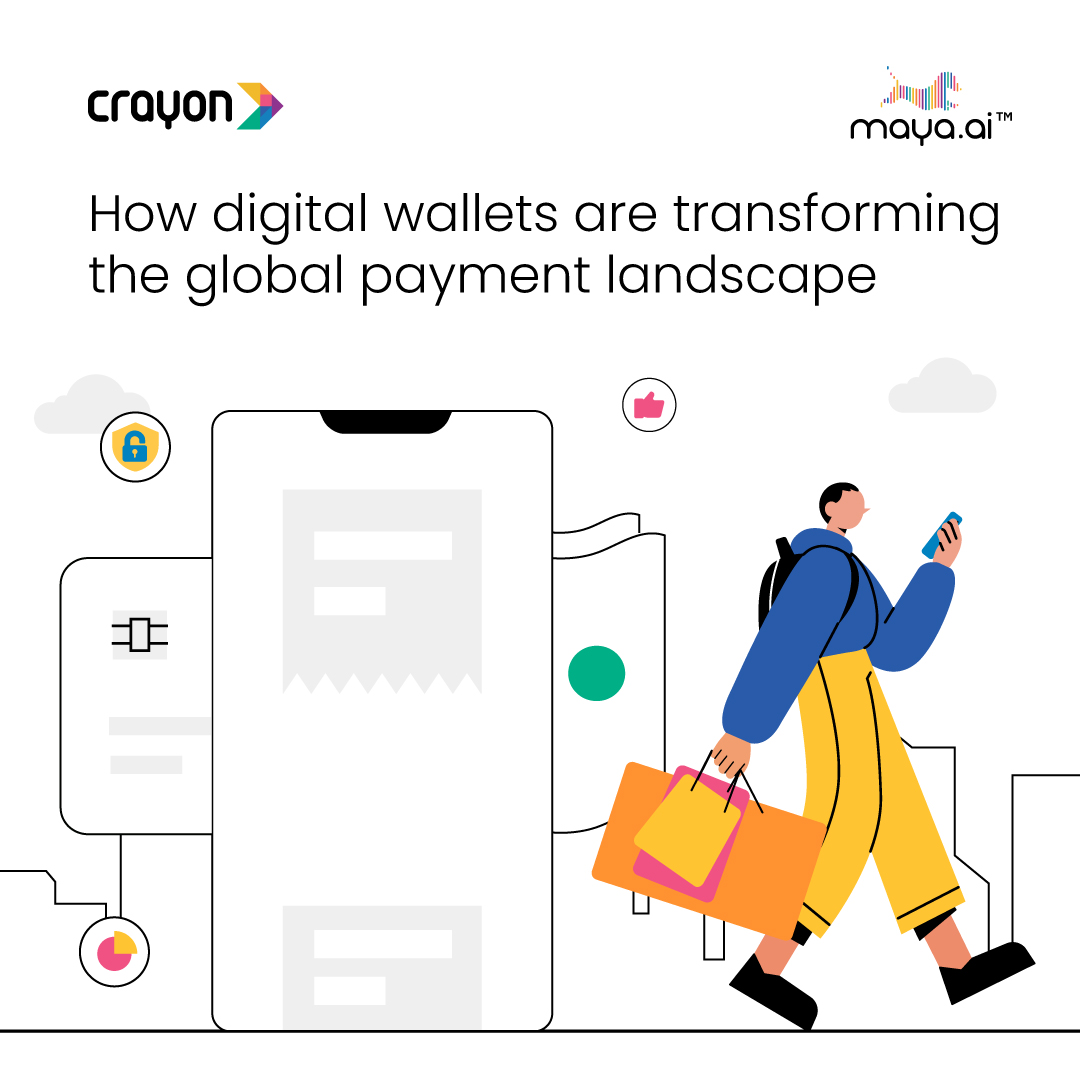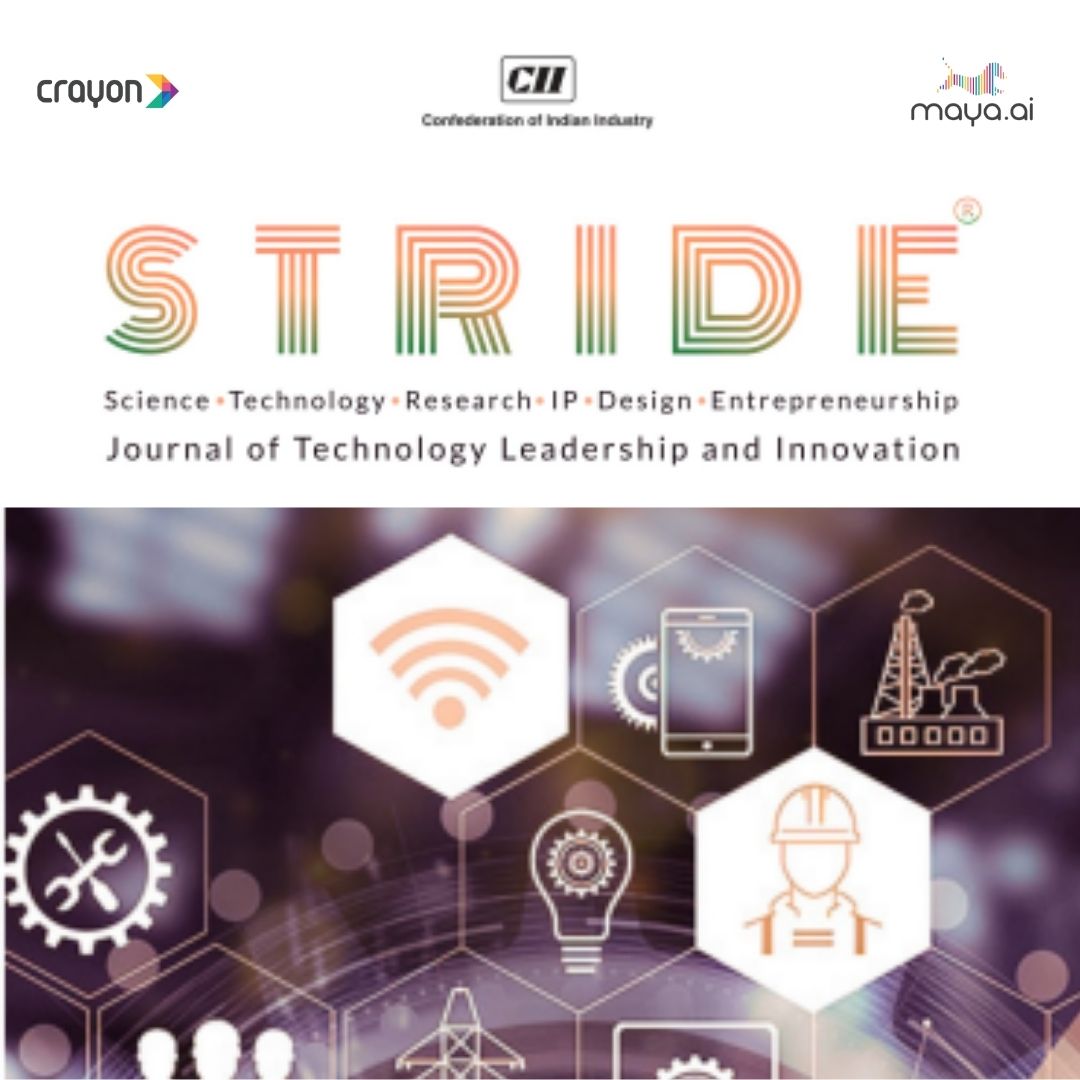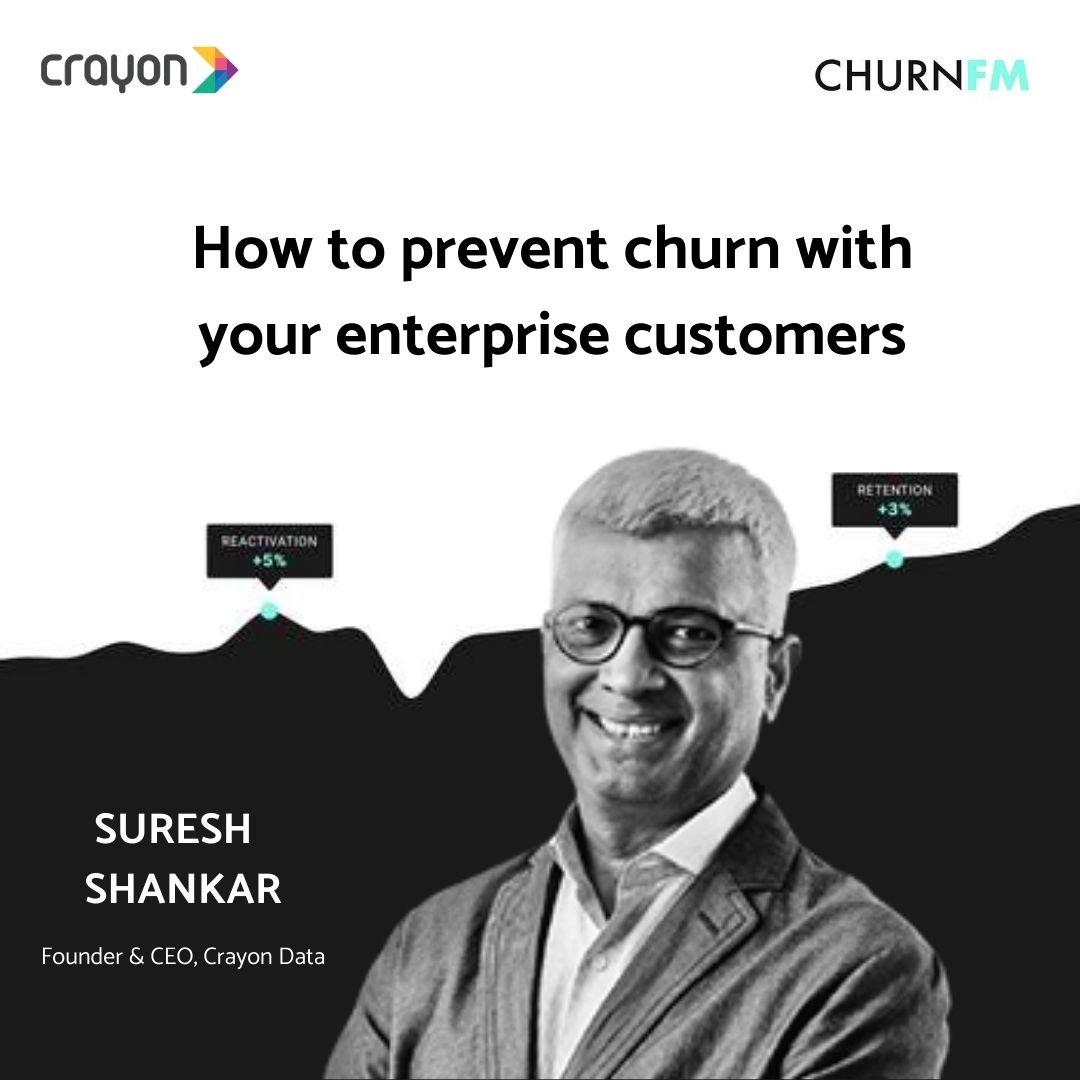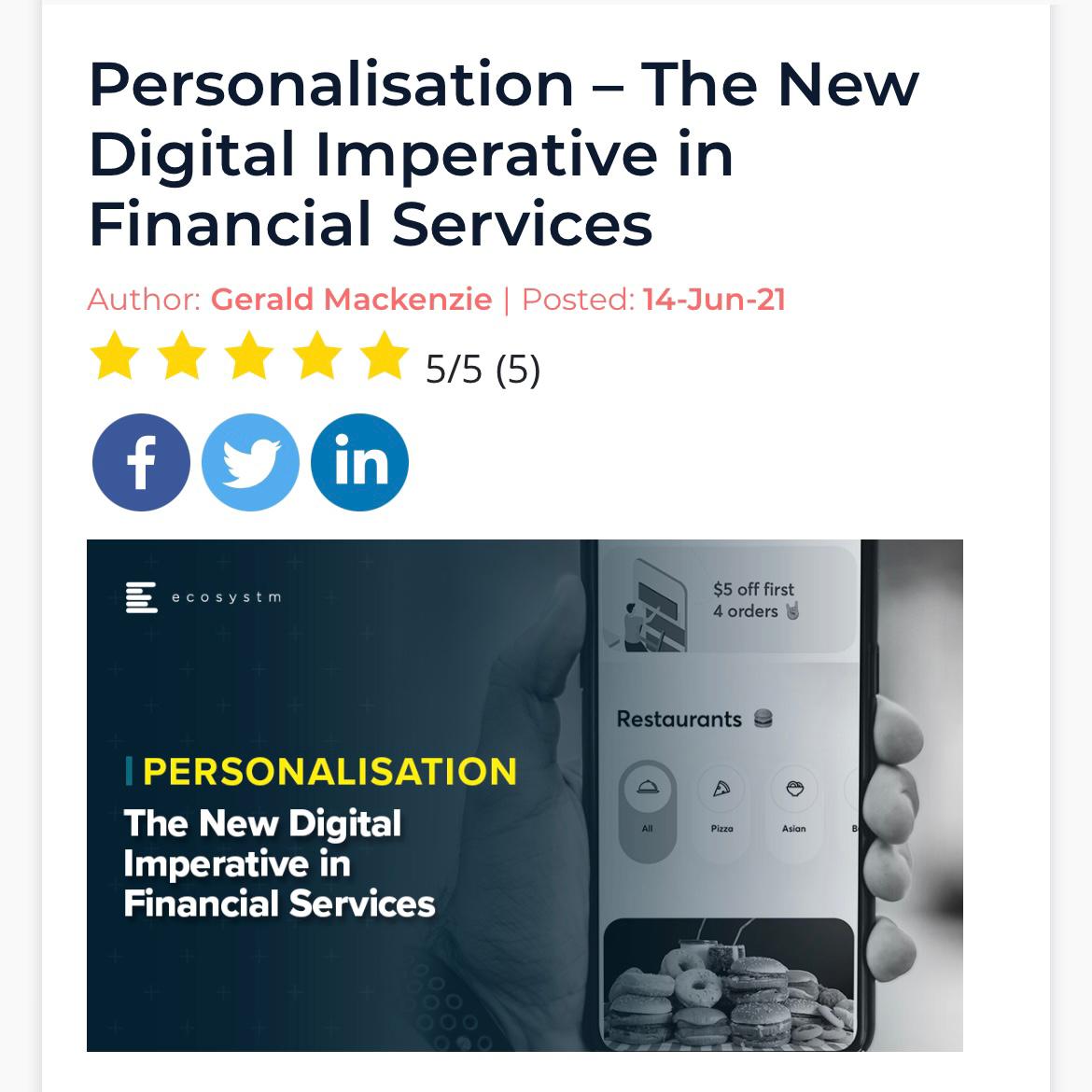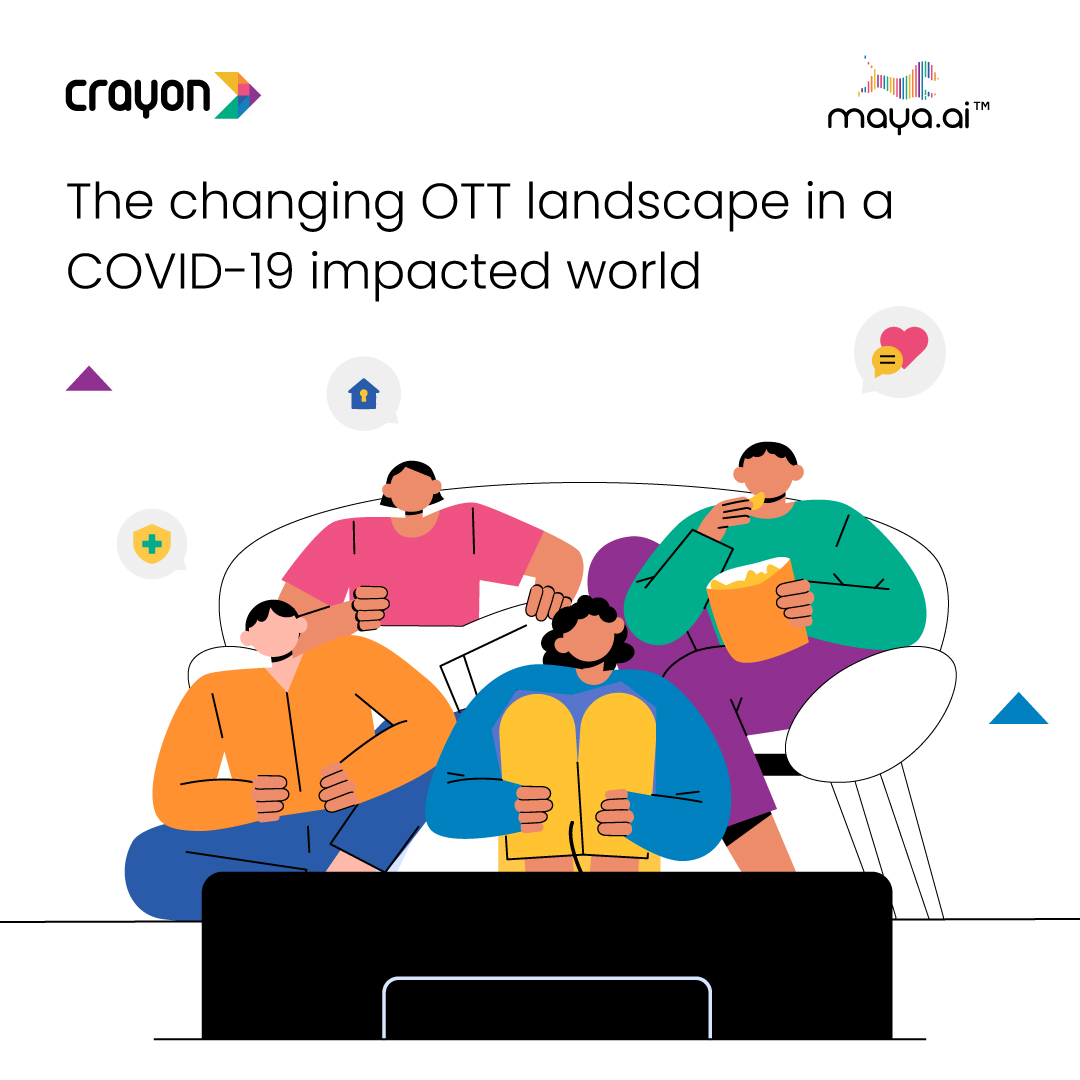Everyone from geeks to CEOs is on the data bandwagon.
Today, for a CEO to say, “I’m not investing in data and analytics” is the same as him saying “I’m not interested in our customers”.
The real question is not whether you invest in data or not. What matters is what I call Return on Data Investment (RoDI). CEOs can announce they invested $10 mil in data and analytics and make analysts happy. But it is harder to show a tangible output metric like RoDI.
To monetize data, they need to address significant challenges, such as “What business model should I follow?”, “Do I have a recipe to transform data to value?”, “How do I balance data privacy and security with monetisation?”
There are only a few successful business models:
1. Leverage audiences: The most common model is to offer a service for free to a set of users (consumers), collect data from them, analyze it and sell insights to another set of users (advertisers, marketers).
Facebook, Google, advertising agencies etc. have made a science of this. To implement this business model, you need 4 things:
- Lot of consumer data
- Expert data scientists who code algorithms that create consumer insights
- Targeting platform to use these to drive value for marketers
- Privacy permissions from consumers
2. Sell data: Aggregate consumer data from cookies, research, web crawling, etc. and simply sell the data to others. Also common, and not very different from the “sell audiences” business model. The difference: it is up to the buyer of the data to create insights
3.Sell insights: Sell specific insights to specific segments. E.g., Trip Advisor, for instance, allows you to subscribe to data that consumers provide on your hotel property or restaurant.
4. Sell transactions: An emerging model, wherein sites with large audiences don’t sell data but offer consumers the ability to click and directly purchase a service that they have been searching for information about. Hotel and airline booking giants like Expedia and Travelocity follow this, and Google and Amazon have now entered this business too.
5. Sell more stuff: Use data to sell items to existing users of your service. A site like Amazon, for instance, may recommend book C to buyers of books A and B. This is done by analyzing histories of consumers with similar preferences. This model requires, consumers, data, talent and privacy permissions; and the ability to drive sales on your platform based on these insights.
All of these business models are prevalent mainly among internet giants like Amazon, Paypal, Google, etc. Traditional companies like banks, telcos, retailers, hotels, etc. have plenty of data, but limited to information within their enterprise. Plus, their approach to creating analytics is based on structured data analytics. Their challenge: the data footprint outside the enterprise is 90% of the world’s data, and big data analytics using graph theory etc., on unstructured data like text, images, etc. is outside their competence.
Hence, their efforts at data monetization are restricted to selling their data or more of their own products to their customers. However, they are now adopting more innovative business models.
The most common of which is to build a data coalition. Here, multiple non-competing companies pool data to create a more comprehensive data set. This set can then be used for any business model. If companies don’t have the expertise to deploy such a platform, they add a technology/analytics company to the mix.
Each of these approaches to data monetization work. The ingredients remain the same; lots of data, a great recipe, and incredible talent.
Today, there is more data than anyone can analyze, and more people willing to sell it in all forms. Soon, data will not be an obstacle. Technology is no longer a barrier to open source systems, and cloud computing makes it cheaply available.
The future winners will be those who:
- Formulate a clear business model around data monetization
- Hire talent willing to work in the ‘internet’ mode: The old way of doing a deep statistical analysis before acting on data needs to be replaced by a more dynamic way, one that tests various options in real-time and follows the data.
- Create a unique recipe: This is the hardest part – to develop a unique perspective on data to serve innovative use cases.








